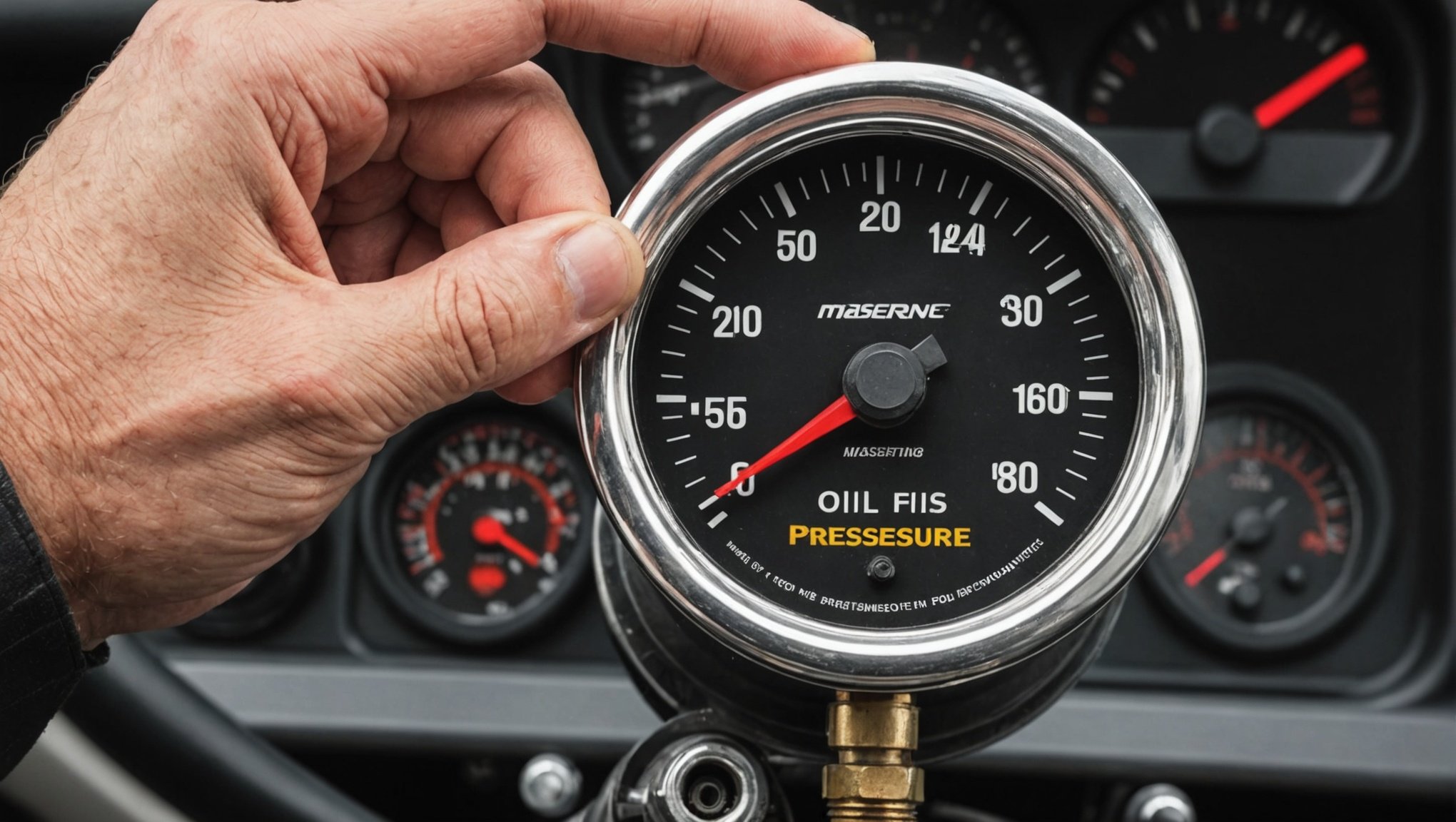Ensuring your car’s wheel alignment is spot-on can transform your driving experience. Unaligned wheels affect handling, fuel efficiency, and tire longevity, leading to costly repairs. Thankfully, you don’t need professional equipment to check alignment. With basic tools and this comprehensive step-by-step guide, you’ll learn how to assess and adjust your vehicle’s alignment effectively. Take control of your ride and enhance your driving safety today!
Understanding Wheel Alignment
In the realm of vehicle maintenance, wheel alignment plays a pivotal role in ensuring optimal performance and safety. At its core, wheel alignment refers to the adjustment of a vehicle’s suspension, the system that connects a vehicle to its wheels. This process is crucial as it affects how a vehicle drives, directly influencing handling and tire wear.
This might interest you : Mastering Engine Torque Testing: A Step-by-Step Guide for UK Car Owners
The importance of wheel alignment cannot be overstated. Proper alignment ensures that tires meet the road at the correct angle, are centered in the wheel wells, and are pointing straight. This alignment is vital for even tire wear, which in turn extends the life of your tires, improves fuel efficiency, and ensures a smoother ride. Misalignment, on the other hand, can lead to uneven tire wear, making tires wear out faster and affecting the vehicle’s handling, potentially leading to safety issues.
There are several common misconceptions about wheel alignment. A prevalent myth is that alignment is only necessary after hitting a curb or pothole. In reality, regular checks are essential as even normal driving conditions can lead to gradual misalignment. Another myth is that alignment is a one-time fix, whereas it should be part of routine vehicle maintenance to ensure ongoing vehicle safety and performance.
In parallel : Step-by-Step Guide to Diagnosing and Fixing a Faulty Radiator Fan in UK Cars
Essential Tools for DIY Wheel Alignment Checks
Embarking on a DIY wheel alignment can be a rewarding endeavor, especially with the right set of tools. It offers a hands-on approach to maintaining your vehicle’s performance without the hefty price tag of professional services.
Basic Automotive Tools
To get started, you’ll need some basic automotive tools. A jack and jack stands are essential for lifting and securing your vehicle safely. A tape measure helps measure distances between tire edges, crucial for checking alignment. A wrench set allows for adjustments to suspension components.
DIY Wheel Alignment Tools
For more precise checks, consider investing in DIY wheel alignment tools. A camber gauge is useful for measuring the angle of the wheels relative to the ground. Toe plates, or alignment bars, assist in ensuring the wheels are parallel. These tools provide more accurate readings than basic tools alone.
Cost-Effective Solutions
While professional alignment equipment can be expensive, there are cost-effective solutions available. Many DIY kits offer affordable alternatives that still provide reliable results. Using these tools, you can perform regular alignment checks, ensuring your vehicle’s tires wear evenly and maintain optimal handling. By understanding and utilizing these tools, you can take control of your vehicle’s maintenance, saving money and enhancing safety.
Step-by-Step Guide to Performing Wheel Alignment Checks
Delving into the DIY Wheel Alignment Process can be both educational and cost-effective. By following Step-by-Step Instructions, you can ensure your vehicle’s wheels are correctly aligned, enhancing performance and safety.
Preparation and Safety Measures
Before beginning, prioritize safety. Ensure your vehicle is on a flat, stable surface. Engage the parking brake and use wheel chocks to prevent movement. This stability is crucial for accurate measurements and adjustments. Gather all necessary tools, including a jack, jack stands, and alignment tools, to avoid interruptions.
Measuring Wheel Alignment
Accurate measurements are the foundation of effective alignment. Begin by checking the toe angle using a tape measure. Measure the distance between the front and rear edges of the tires. For the camber angle, a camber gauge will help determine the wheel’s tilt relative to the ground. Lastly, assess the caster angle by observing the steering pivot’s tilt. These measurements reveal the current alignment status, guiding necessary adjustments.
Making Adjustments
Based on your measurements, make precise adjustments. If the toe angle is off, adjust the tie rods accordingly. For camber discrepancies, reposition the upper control arms. Caster adjustments might require altering the suspension settings. Follow these Alignment Techniques to achieve optimal wheel alignment, ensuring even tire wear and improved handling. By diligently following these steps, you can maintain your vehicle’s alignment effectively.
Troubleshooting Common Alignment Issues
When facing wheel alignment problems, identifying symptoms early is crucial. Common signs include uneven tire wear, the vehicle pulling to one side, and a crooked steering wheel when driving straight. These indicators suggest that your vehicle may have alignment issues affecting its handling and safety.
Identifying Symptoms
Start by inspecting your tires. Uneven wear patterns often point to alignment discrepancies. If your vehicle drifts to one side on a flat road, it’s another sign of misalignment. A misaligned steering wheel that doesn’t center correctly is also a red flag.
Troubleshooting Tips
To address these vehicle handling issues, begin with a thorough visual inspection. Check tire pressure and condition. Measure the toe, camber, and caster angles using appropriate tools. Adjustments can often be made to the tie rods or control arms to correct minor misalignments.
Knowing When to Seek Professional Help
Despite your best efforts, some alignment issues may require professional intervention. If adjustments don’t resolve the symptoms or if you lack the necessary tools, it’s wise to consult a mechanic. They have the expertise and equipment to diagnose and fix complex alignment problems, ensuring your vehicle remains safe and efficient.
Legal and Regulatory Considerations in the UK
Navigating the landscape of UK Vehicle Regulations is essential for maintaining both safety and legality on the road. The UK’s regulatory framework mandates that vehicles adhere to strict maintenance and safety standards, including Wheel Alignment Laws. These laws ensure that vehicles operate efficiently and safely, minimizing risks associated with misaligned wheels.
Importance of Compliance
Adhering to compliance guidelines for wheel alignment is not just a matter of vehicle performance but also legal obligation. Proper alignment is crucial for ensuring that a vehicle meets the safety standards required by law. Non-compliance can lead to several issues, including compromised handling, increased tire wear, and, in some cases, legal penalties.
Consequences of Non-Compliance
Failing to comply with wheel alignment standards can have serious repercussions. Vehicles that do not meet these regulations may be deemed unfit for the road, leading to fines or even the revocation of the vehicle’s roadworthiness certificate. Moreover, non-compliance can result in increased liability in the event of an accident, as misalignment may be considered a contributing factor to unsafe driving conditions.
Understanding and adhering to UK regulations regarding wheel alignment is vital for ensuring both vehicle safety and legal compliance.
















